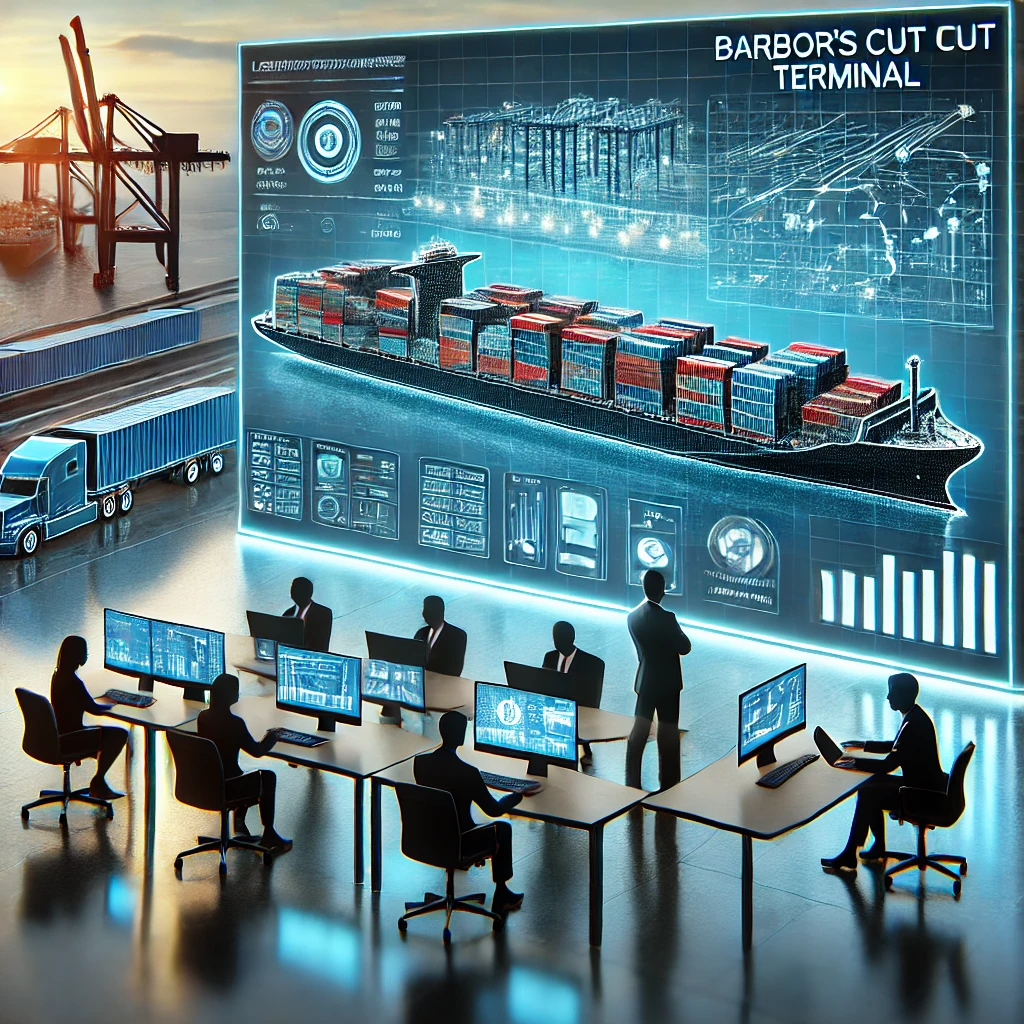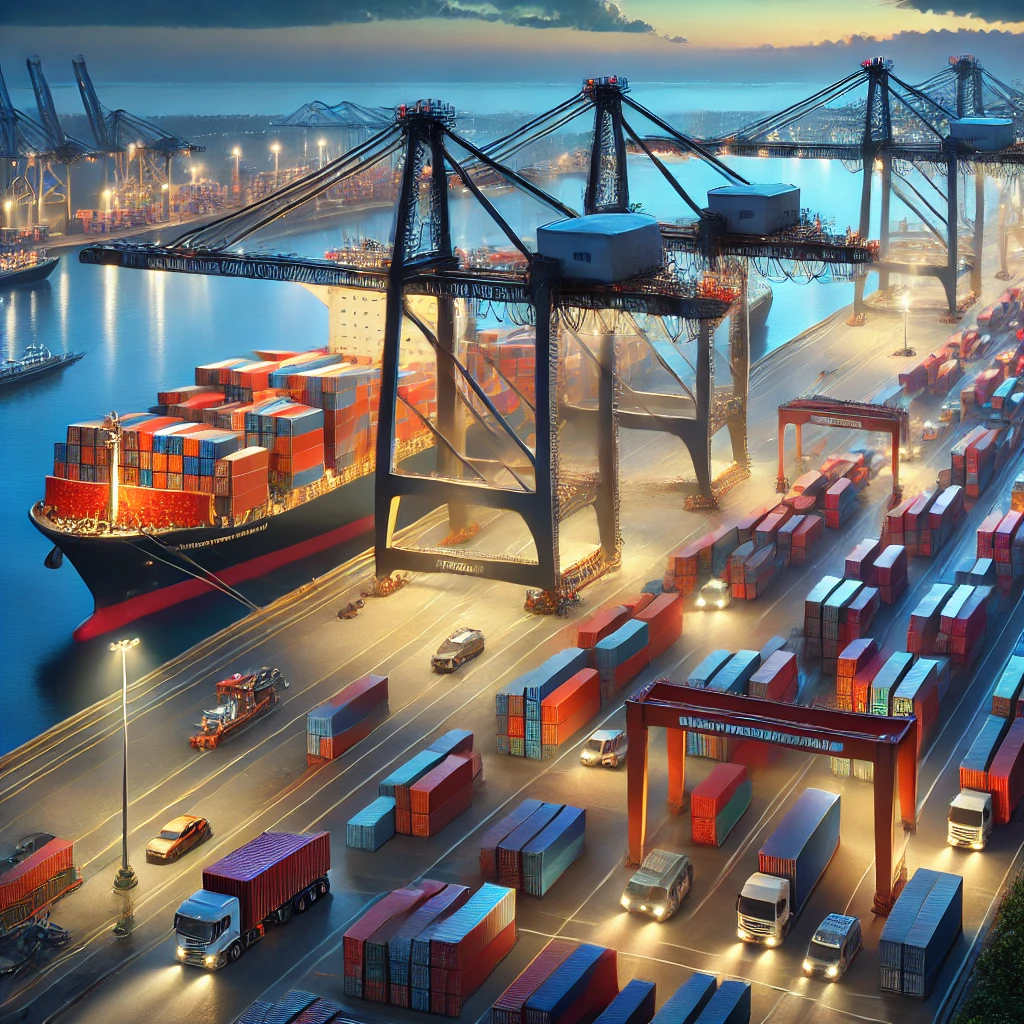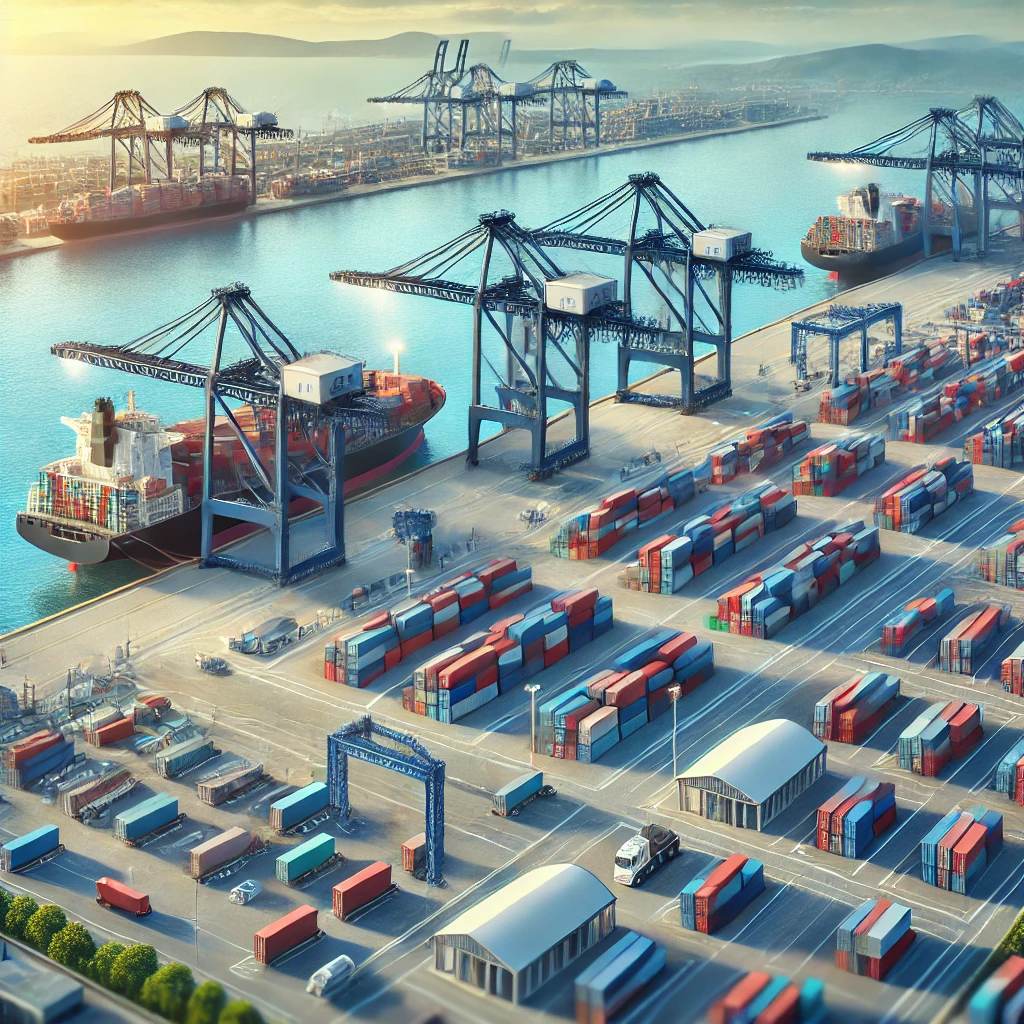Demystifying Barbours Cut Terminal for Professionals

What is Barbours Cut Terminal?
Barbours Cut Terminal is an international container terminal situated at the Port of Houston, which serves as one of the largest cargo gateways in the United States. It is crucial to international trade, offering efficient operations for handling containerized cargo.
The terminal handles a wide range of cargo, including containers, bulk goods, and refrigerated shipments. With state-of-the-art equipment and technology, it is designed to offer high-volume, efficient services to shipping lines, freight forwarders, importers, and exporters.
Key Features of Barbours Cut Terminal

- Strategic Location:
- Barbours Cut Terminal is located in Houston, Texas, strategically positioned on the U.S. Gulf Coast. This makes it a vital hub for trade to and from the Gulf of Mexico, offering accessibility to global shipping routes.
- Advanced Infrastructure:
- The terminal is equipped with cutting-edge infrastructure, including modern cranes, efficient rail access, and large storage areas for containers. This infrastructure helps improve throughput and reduce waiting times for shipments.
- High-Capacity Handling:
- Barbours Cut is one of the largest container terminals on the U.S. Gulf Coast, capable of handling millions of TEUs (Twenty-foot Equivalent Units) annually. The terminal’s design allows for rapid container handling, which significantly enhances port efficiency.
- Automated Technology:
- Barbours Cut Terminal integrates advanced technology such as automation systems and digital tracking to streamline operations. This includes automated gate systems, which speed up container entry and exit, reducing delays and enhancing security.
- Environmental Sustainability:
- The terminal focuses on minimizing its environmental impact by incorporating green technologies and sustainable practices. These include energy-efficient equipment, water conservation methods, and emissions reduction programs.
Practical Uses of Barbours Cut Terminal
- Container Handling:
- Barbours Cut Terminal is specifically designed to handle containerized shipments. This makes it a crucial location for businesses dealing in imports and exports, particularly those requiring efficient logistics for large volumes of goods.
- Bulk Cargo Operations:
- In addition to containerized cargo, the terminal handles bulk goods, making it a versatile hub for different types of freight. Businesses that require bulk cargo shipment can rely on Barbours Cut for its wide range of services.
- Intermodal Connectivity:
- One of the terminal’s key advantages is its seamless intermodal connections. With rail connections directly linked to the terminal, goods can be transported efficiently between ships, trains, and trucks. This provides flexibility and reliability in the transportation process.
- Cold Chain Logistics:
- Barbours Cut Terminal provides facilities for handling refrigerated cargo (reefer containers). This is especially valuable for industries such as food, pharmaceuticals, and perishable goods, where temperature-sensitive shipments need to be carefully managed.

Why Barbours Cut Terminal is Relevant for Professionals
- Business Growth and Expansion:
- For companies involved in international trade, Barbours Cut Terminal offers access to major shipping lines and a vast range of global markets. By using this terminal, businesses can expand their global presence and improve their logistics capabilities.
- Efficient Operations:
- Professionals in the logistics and supply chain sectors benefit from Barbours Cut Terminal’s high-efficiency operations. With streamlined cargo handling, reduced delays, and advanced digital systems, businesses can ensure their shipments move quickly and smoothly through the terminal.
- Reduced Shipping Costs:
- Efficient terminal operations directly contribute to reducing overall shipping costs. Barbours Cut’s optimized processes mean fewer delays, less handling time, and better resource utilization, all of which lead to cost savings for shipping companies and their clients.
- Reliability in Logistics:
- Barbours Cut is known for its reliability and consistency. This is crucial for businesses that depend on precise timing for shipments. With real-time tracking, businesses can stay updated on their cargo’s status and make informed decisions based on up-to-the-minute information.
The Future of Barbours Cut Terminal
- Expansion Projects:
- Barbours Cut Terminal is set for further expansion, which includes plans to increase capacity and enhance the port’s ability to handle the growing demand for international shipping. This ongoing development ensures that the terminal will remain at the forefront of global trade and logistics.
- Technological Innovations:
- The terminal continues to adopt new technologies aimed at improving operational efficiency. This includes smart logistics systems, data analytics, and the integration of automation in handling containers, which will further streamline operations and provide enhanced services to customers.
- Sustainability Initiatives:
- Barbours Cut is committed to sustainability and is continuously exploring new methods to reduce its environmental footprint. Future initiatives may include expanding the use of renewable energy, optimizing waste management processes, and increasing the use of electric vehicles and equipment.

Conclusion
Barbours Cut Terminal plays a crucial role in the efficiency of container shipping on the U.S. Gulf Coast. Its strategic location, modern infrastructure, and commitment to sustainability make it an ideal hub for containerized cargo. As the terminal continues to expand and adopt advanced technologies, it remains a key asset for businesses in the global logistics and shipping industry.
